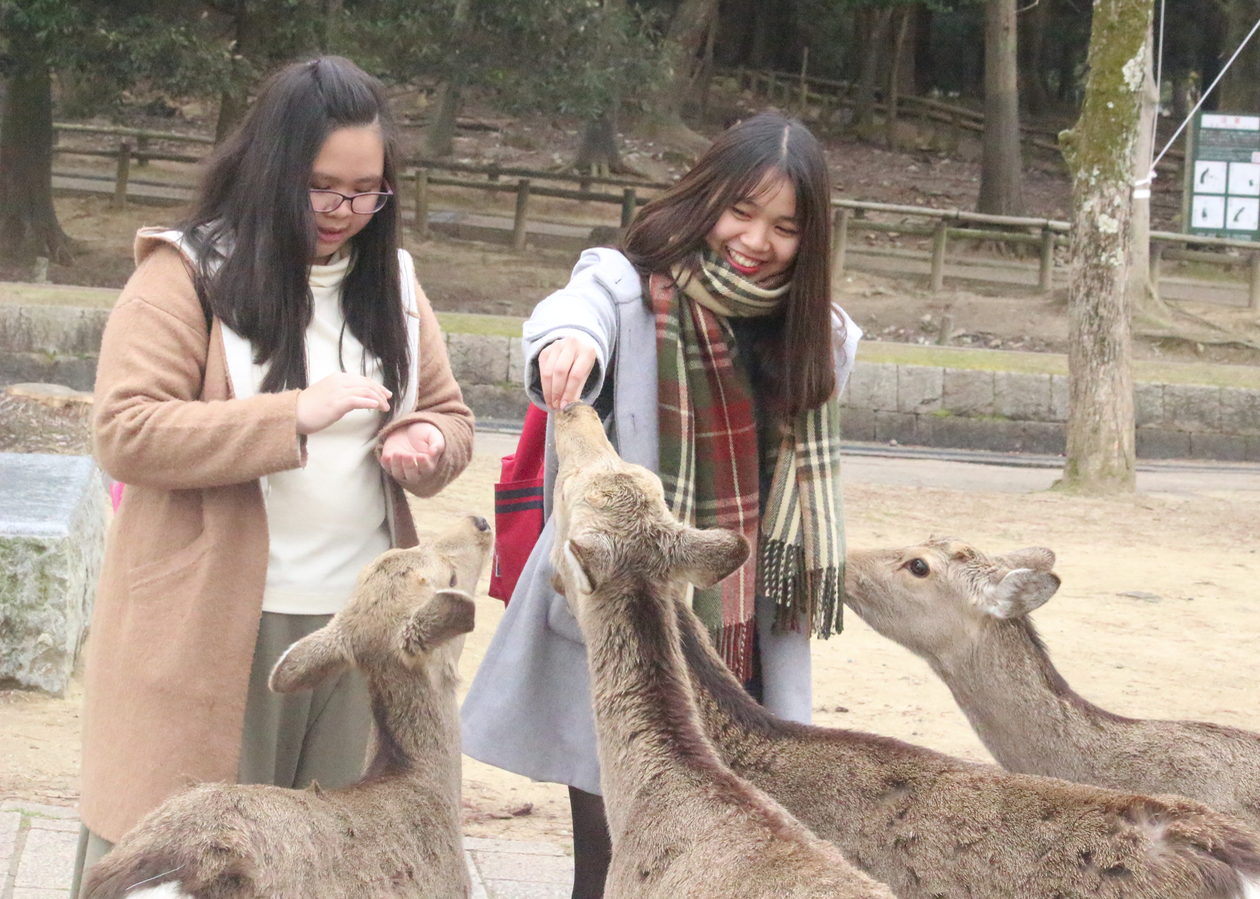
Through the visitor experience class, I am able to understand and apply different frameworks for the tourism experiences such as the tourist experience conceptual model, the progression of economic value and the Atlas of Experience. According to the tourist experience conceptual model (Cutler et al, 2010), tourist experience is influenced not just by physical factors but also by the social aspects and the service itself. Additionally, the tourist experience has 5 main outcomes which are knowledge, memory, perception, emotion and self-identify. The model gives tourism businesses ideas to create and improve their services and experiences that value to their customers. Another important model is the progression of economic value by Pine and Gilmore (2013). Based on this model, through customization, we can extract the commodities to manufacture goods, customize goods to deliver services, and individualize services to create experiences. For example, people tend to pay more for the wine tasting experiences than just a bottle of wine, as they can bring home not just the wine but also the enjoyable memories with their loved one. In this class, I am also inspired by the Atlas of Experience by Swaaij and Klare (2000). This is a really interesting way of using map to help both tourist and business to understand the emotional outcomes of tourist experiences. This special map gives more insightful ideas and feelings of how people are motivated and what they expect to experience in their trips. I believe that all these concepts are helpful for me in tourism product development in my future career.
References
Pine, B. & Gilmore, J. (2013). The experience economy: past, present and future. Retrieved from https://www.researchgate.net/figure/The-Progression-of-Economic-Value-in-full_fig2_260917972
Swaaij, L.V. and Klare, J. (2000). The Atlas of Experience. Retrieved from https://moodle.tru.ca/pluginfile.php/1539138/mod_resource/content/1/TMGT%203020%20The%20Atlas%20of%20Experience.pdf
Cutler, S. Q. and Carmichael, B. A. (2010). The dimensions of the tourist experience. In Morgan, M., Lugosi, P. and Richie, J. R. B (Eds), The tourism and leisure experience: Consumer and managerial perspectives (pp. 3-26). Retrieved from https://moodle.tru.ca/pluginfile.php/1539118/mod_resource/content/1/TMGT%203020%20The%20Dimensions%20of%20the%20Tourist%20Experience.pdf
